Spending money is fun for our junior students, regardless of how they get that money - thanks parents and whanau.
Exploring the value of money and each coin and note that is a part of New Zealand’s currency is part of the learning experience. Being able to identify the different values and to organise these into an order from smallest to largest value is just one of the many ways to teach money to students. Getting hands on with play money is exciting and highly motivating for students’ learning.
Having practical experience with hands on materials and being able to physically manipulate the different values of money in front of them, students were able to show understanding and make mistakes and correct themselves. Valuable conversations were had between students, where they could justify their reasons for placements. After using the hard materials, students then recorded this order in books using cut and paste coins and notes. Plenty of joy and conversation about money was observed during this activity.
I used the play money to put into an order. The $100 is the most amount of money so it went at the end.
Another activity that students enjoyed was making different values of money and using a variety of ways to come up with these values. One of these was when making the value of .50c. Some students went straight for the .50c coin. Others experimented with two .20c and a .10c, or three .10c and a .20c, or five .10c pieces. Each student had a chance to use mathematical talk to explain their formation of the .50c value.
Students explored different ways of learning about money, here are some of their thoughts.
Playing shops was the best! I could spend the money and get fruit and lollies from the shop. I can use the money to buy things and I know how much I needed.
Cutting out the pictures of money and putting it into order from the 10c coin to the $100 note was fun. I would love to have lots of the $100 notes because that is the biggest note and would be lots of money to spend.
We need money to spend on food and toys and clothes. If we do jobs and get money then we can spend it.
Making the bags of money and glueing the coins onto the piggy banks was fun. I skip counted the 10s because they were the easiest. I worked out which coins to put in each piggy bank.
Being able to play with the money resource and having hands on experience with manipulating the amounts has been a very exciting experience with practical outcomes. Leading up to the school market day, students will be able to use this knowledge when spending their money.
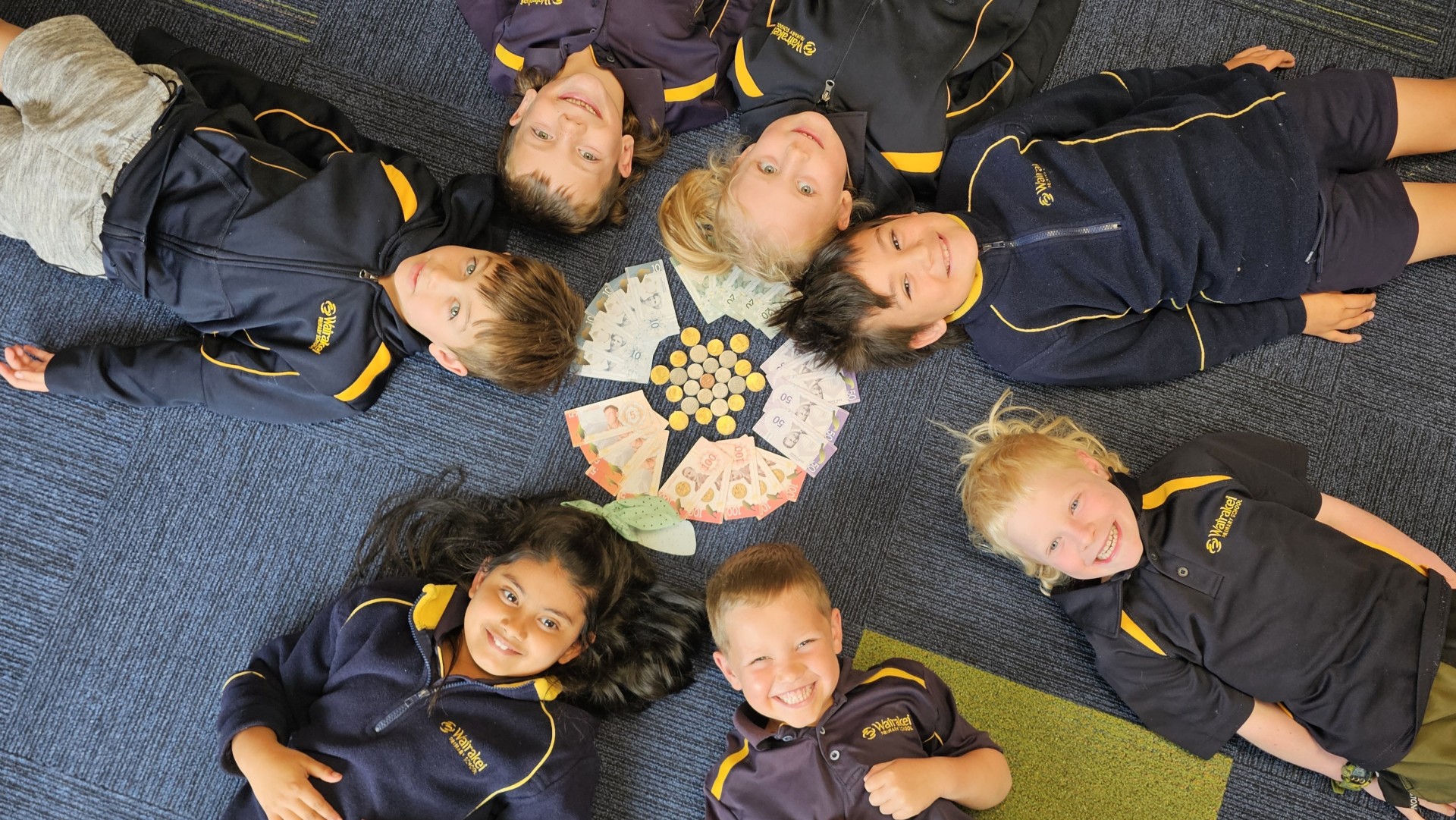
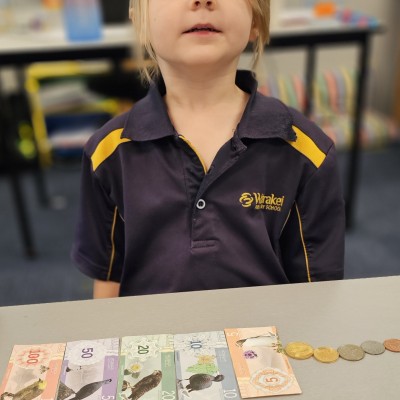
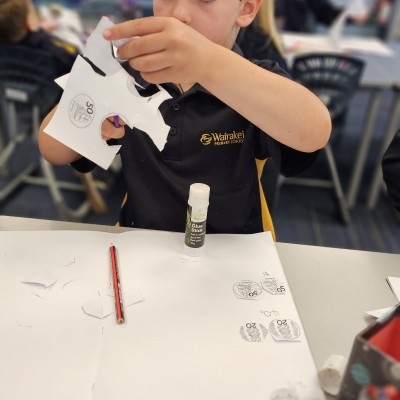
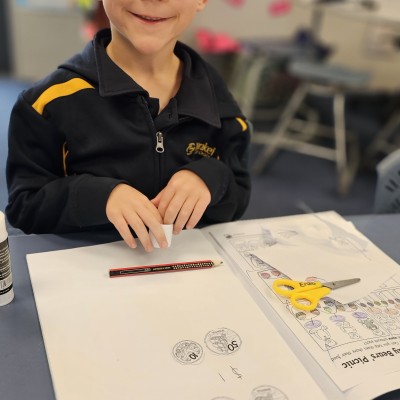
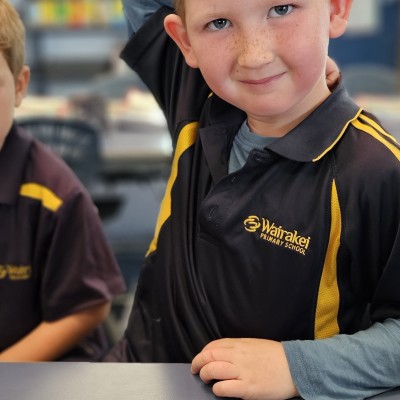
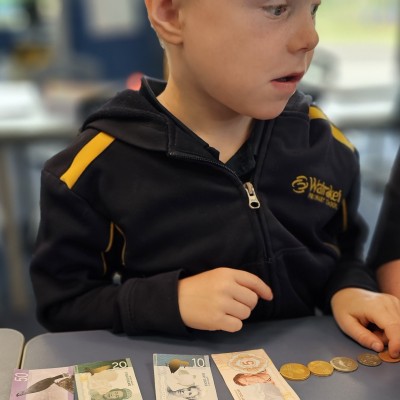
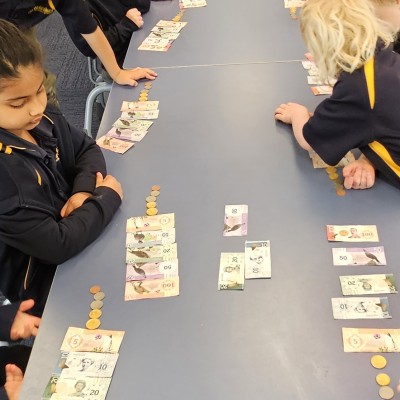
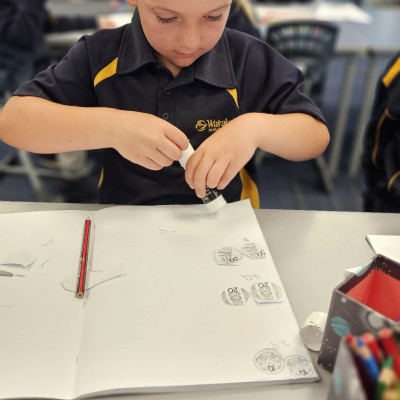

Comments
No one has commented on this post yet.